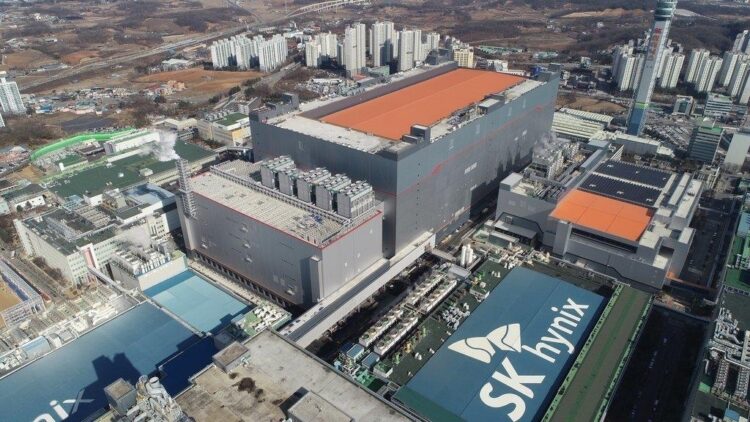Seoul: The world’s second-largest memory chip maker SK hynix said on Thursday it posted losses for the fourth consecutive quarter in the third quarter of this year but recovering demand for high-performance products helped narrow its operating deficit.
The company’s operating losses amounted to 1.79 trillion won ($1.32 billion) for the July-September period on a consolidated basis, compared with a profit of 1.67 trillion won a year ago, it said in a regulatory filing.
Net losses came to 2.18 trillion won, plunging from a net profit of 1.1 trillion won a year earlier. Sales fell 17.5 per cent to 9.06 trillion won.
Shares of SK hynix tumbled 5.88 per cent on Thursday.
The loss was 74.3 percent higher than the average estimate, according to a survey by Yonhap Infomax, the financial data firm of Yonhap News Agency.
SK hynix said sales of its flagship products, including the AI memory HBM3 and high-capacity mobile DRAM, led to a 24 percent on-quarter increase in sales and a 38 per cent decrease in operating loss.
“As market demand for our high-performance memory products continued to grow, our operating performance has steadily improved after hitting the bottom in the first quarter,” the company said in a statement.
“Most importantly, our D-RAM business, which swung to the red in the first quarter of this year, turned back to profitability after two quarters.”
The South Korean chipmaker swung to a deficit in the fourth quarter last year for the first time since the third quarter of 2012, as its customers halted new orders to reduce their excessive inventories amid slow consumer demand.
SK hynix makes most of its profits from selling memory chips. But the macroeconomic woes, including the ongoing war between Russia and Ukraine, inflation and rising interest rates, led consumers to tighten their spending on electronics that need such semiconductors.
In the coming quarters, the company said it will focus on high-performance products like high bandwidth memory (HBM) chips and fifth-generation DDR5 chips to meet rising demand from the AI-led chip boom.
“Next year’s facility investment will increase,” the company said in an earnings call. “Next year, we will focus more on transforming our facilities than on expanding our capacity.”
(IANS)















